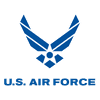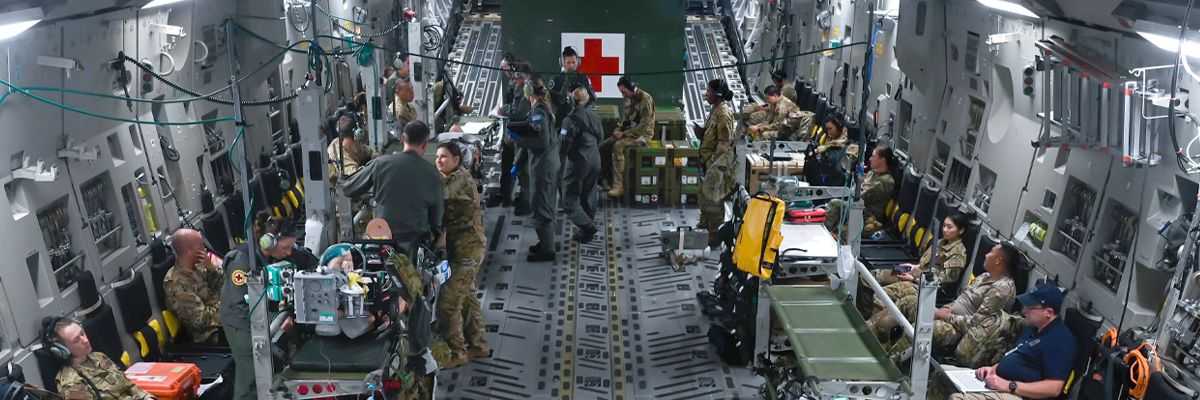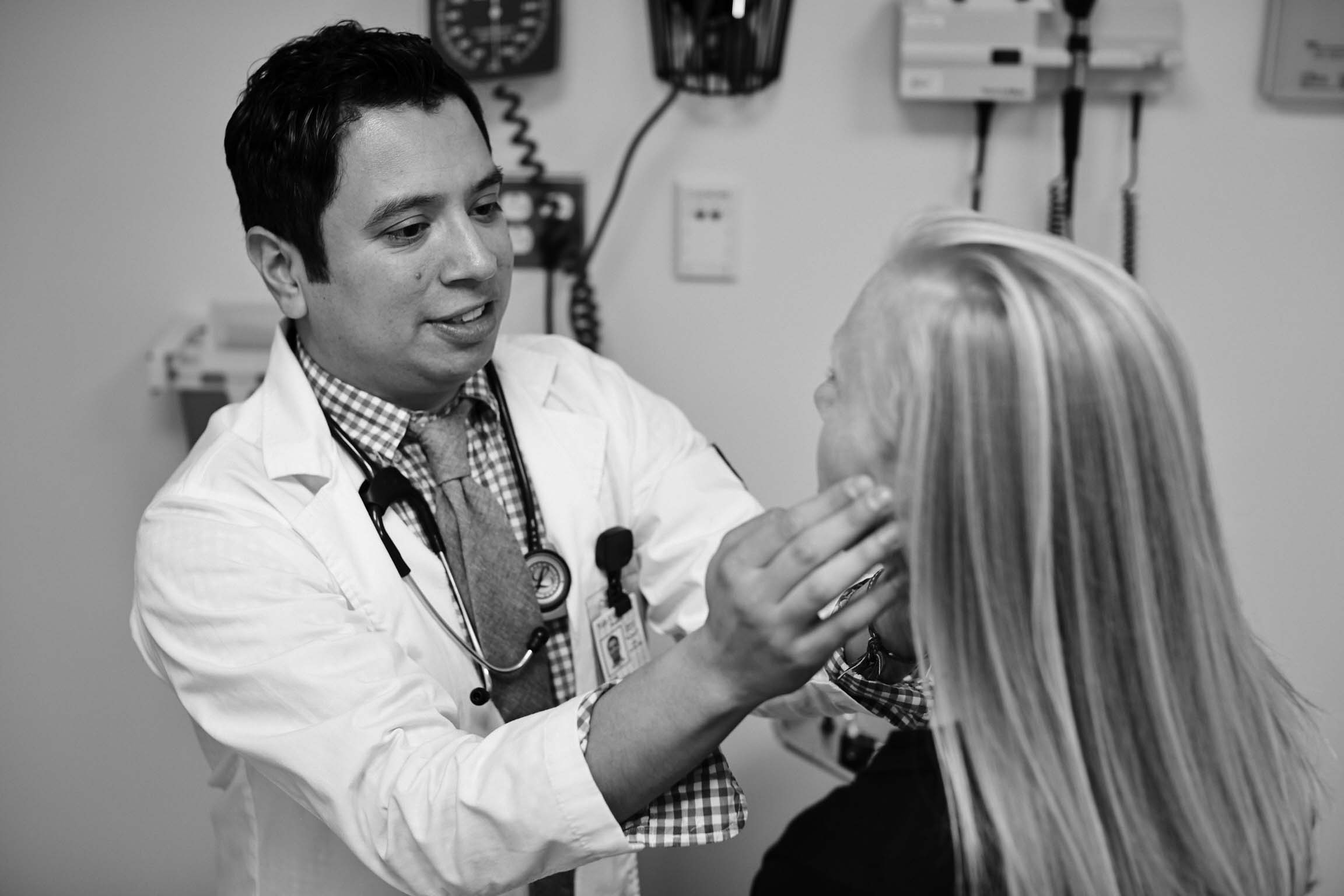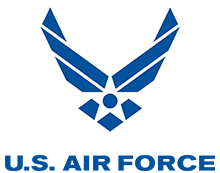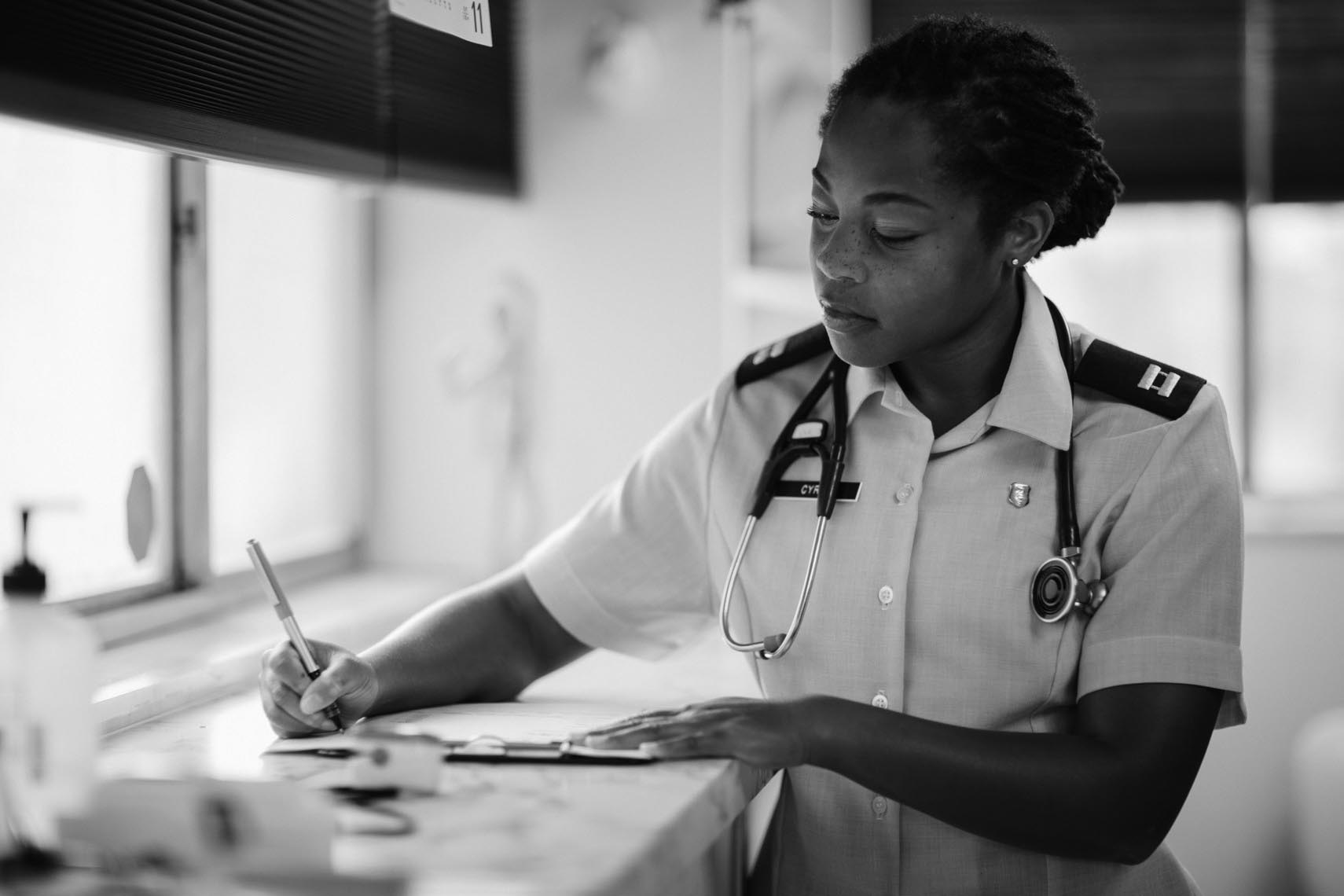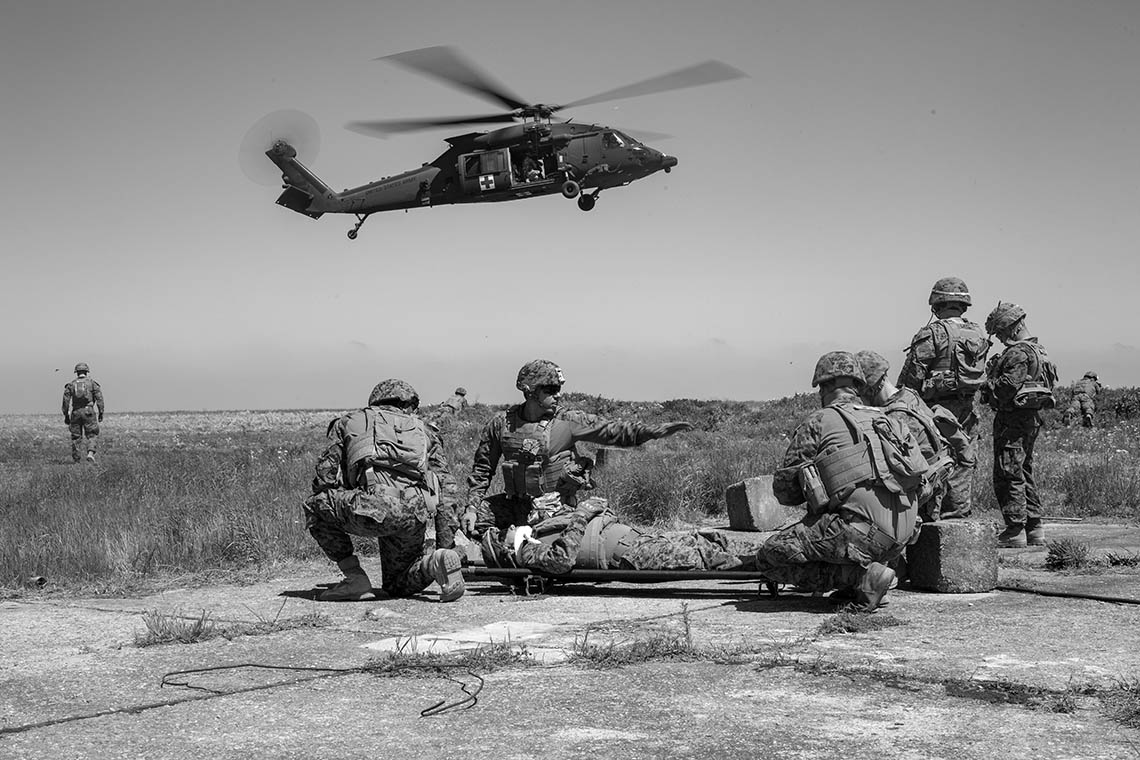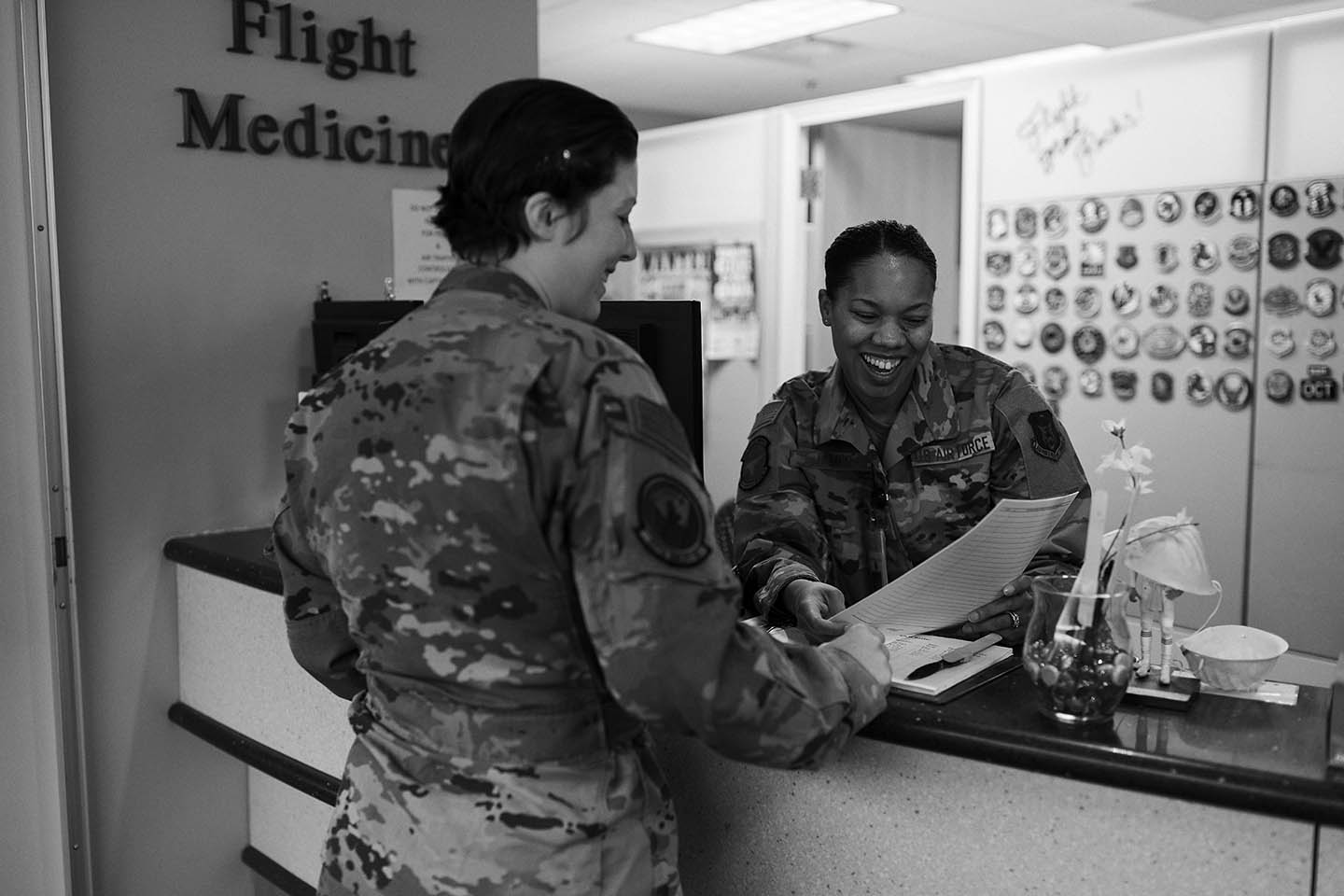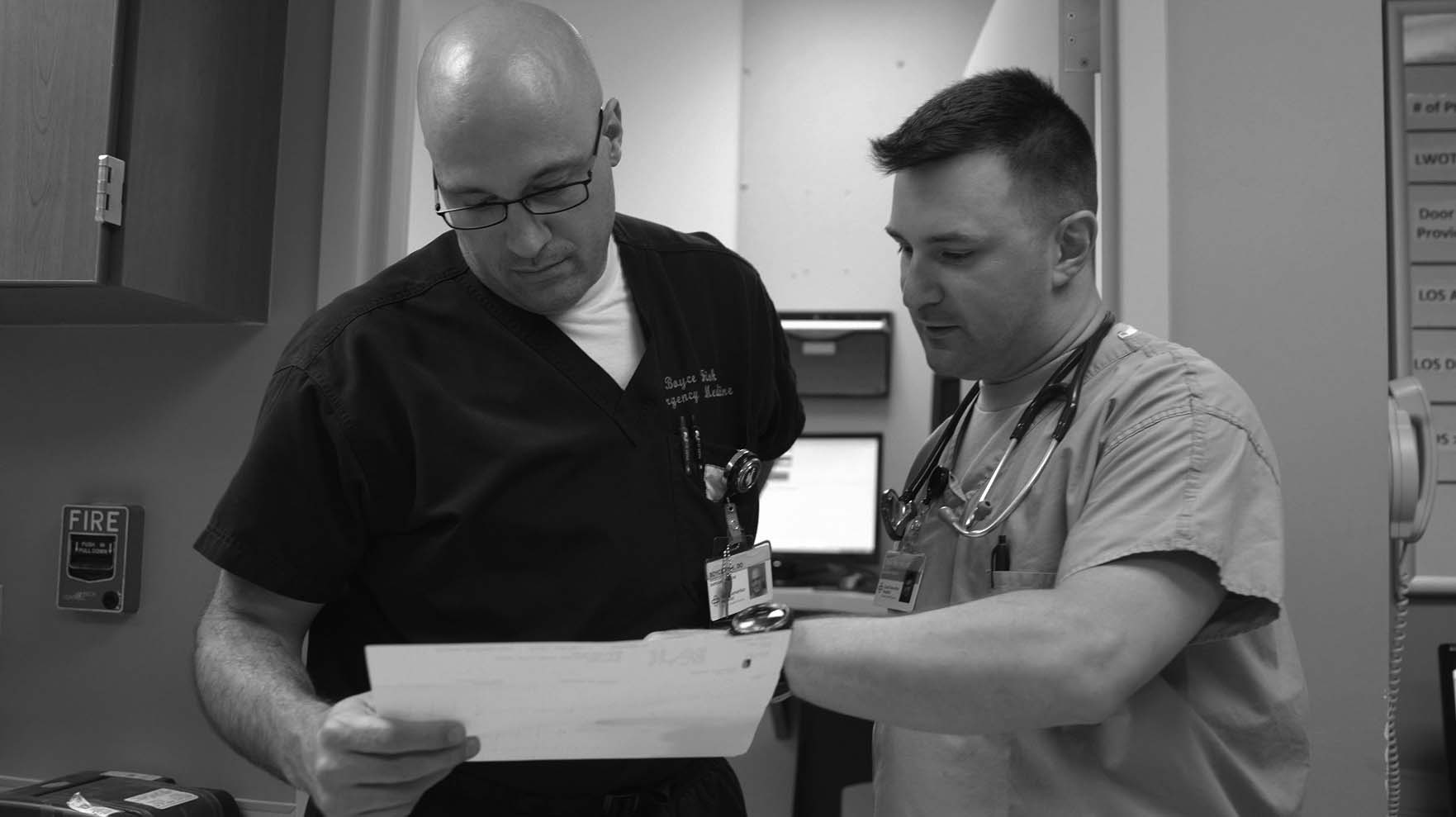Research Opportunities
As a physician in the U.S. Air Force, you’ll have the opportunity to serve at the forefront of medical research and development. Read on to discover just a handful of the many unique Air Force research opportunities that may be available to you.
The Air Force Research Laboratory (AFRL) at Wright-Patterson Air Force Base, Ohio, is a leader in the discovery, development, and integration of warfighting technologies for air, space, and cyberspace forces. This is the premier location for integrating medical research in human performance and in aerospace medicine, designed to create the most advanced and sustainable technologies to support the warfighting mission.

At the David Grant Medical Center, located at Travis Air Force Base in Fairfield, California, experts have led advances in a growing number of research fields, including:
- Critical Care
- Trauma Resuscitation
- Long-Term Health Outcomes for Combat Soldiers
- Traumatic Brain Injury
- Effects of Energy Drink Consumption
- Evidence-Based Practice/Continuous Process Improvement
- Fitness nutrition
Air Force physician-scientists and uniformed military physicians have also participated in projects funded by the Defense Health Program (DHP) Research, Development, Test, and Evaluation (RDT&E) appropriation, such as:
- Medical Simulation and Information Sciences Research Program
- Military Infectious Diseases Research Program
- Military Operational Medicine Research Program
- Combat Casualty Care Research Program
- Radiation Health Effects Research Program
- Clinical and Rehabilitative Medicine Research Program
In addition, there are also opportunities to participate in studies conducted at the Uniformed Services University Centers of Research.
Learn More About Medical Careers in the Air Force
